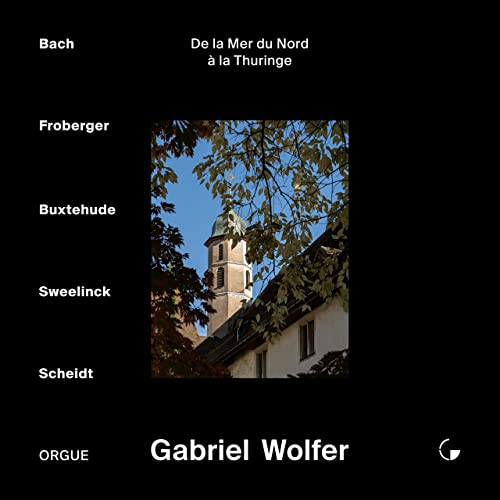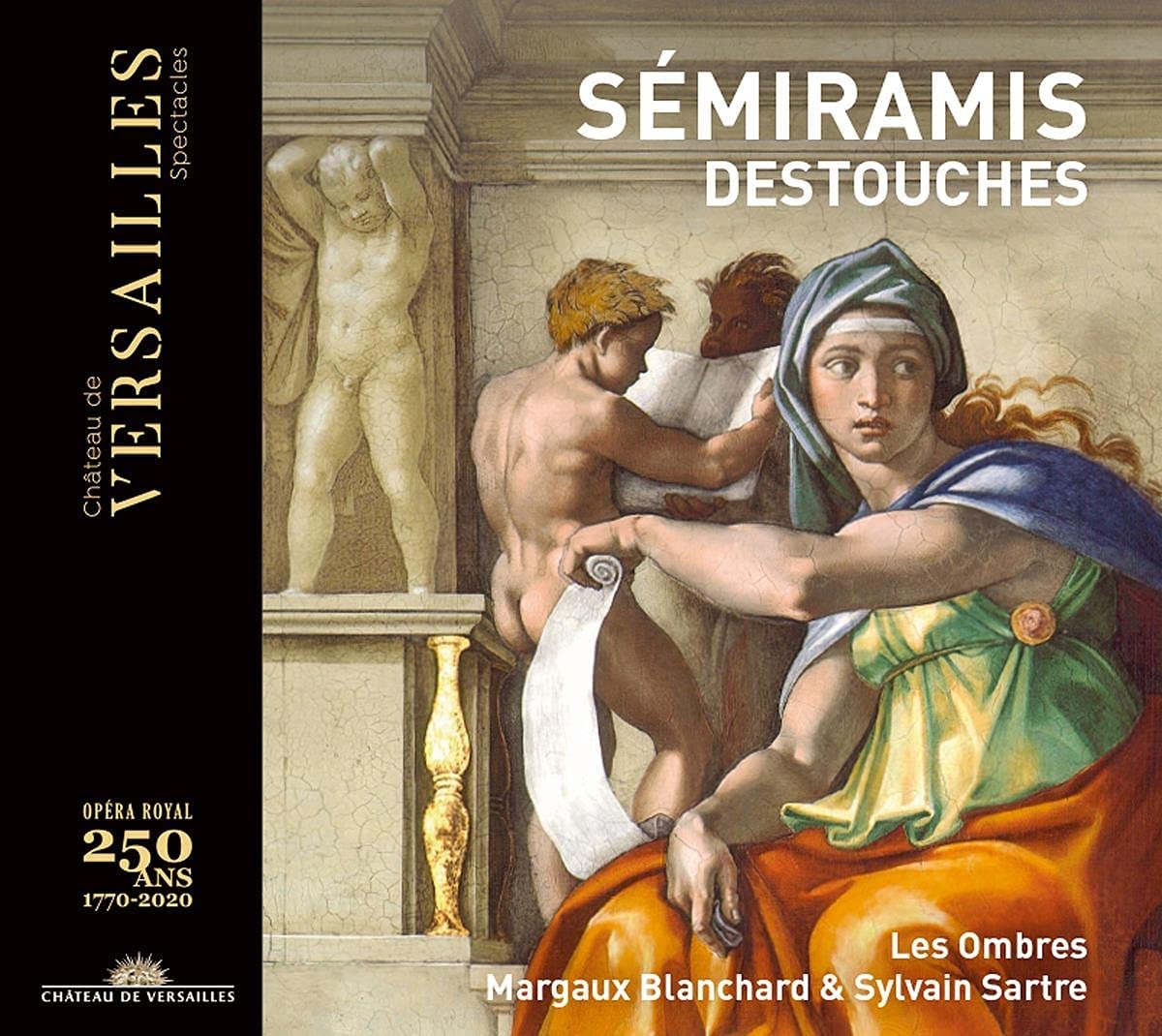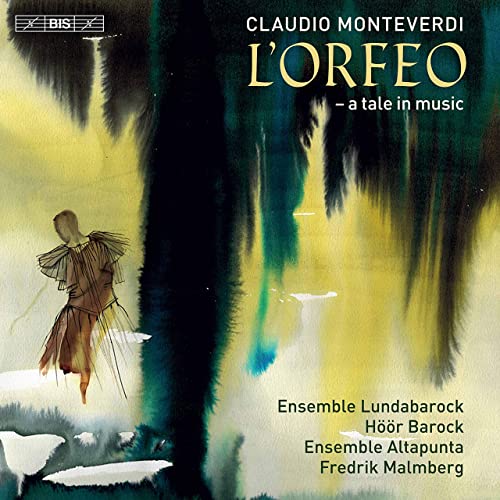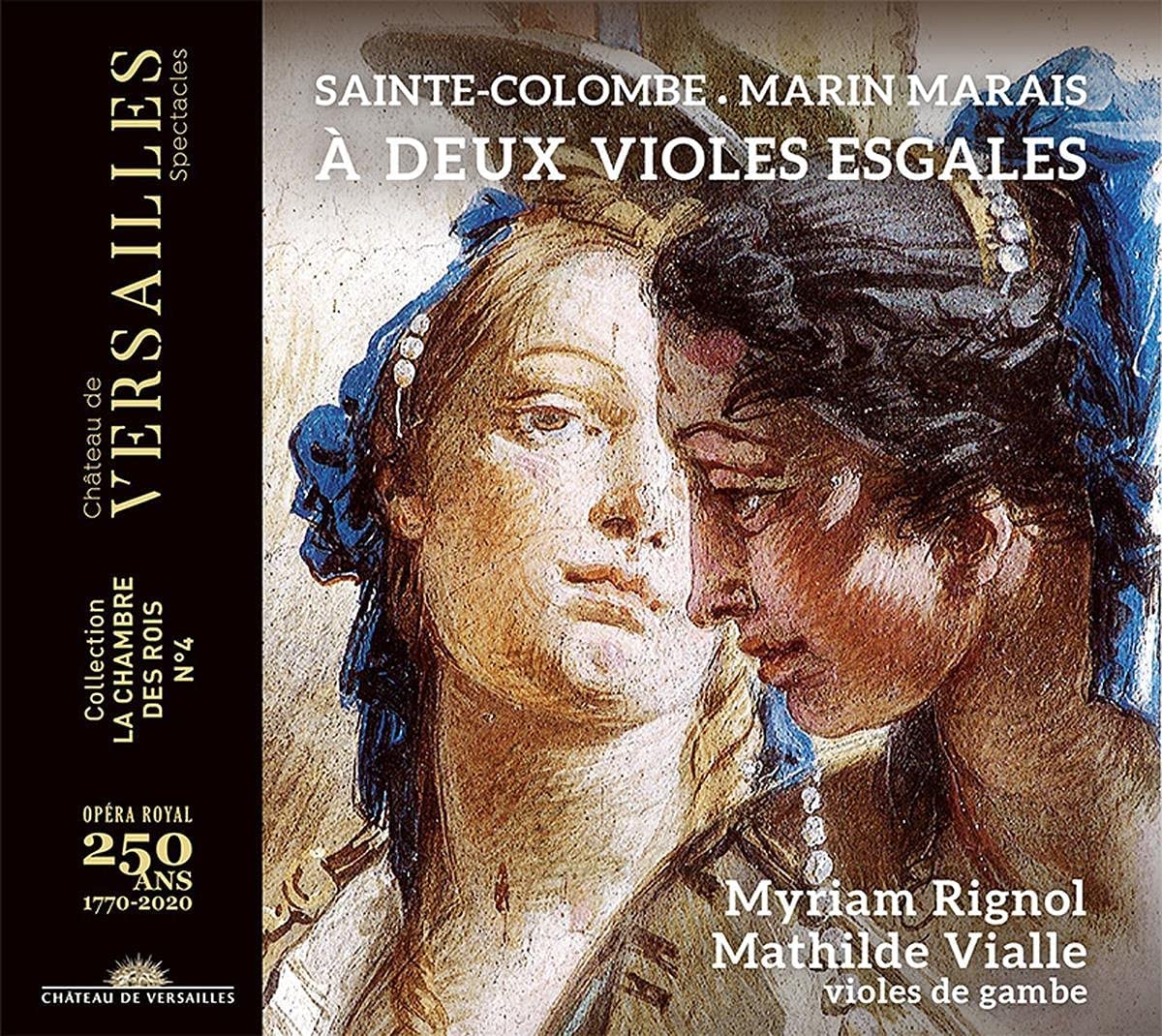Gabriel Wolfer
75:00
Label G 011
Click HERE to buy this on amazon.co.uk – this is a digital download only…
[These sponsored links help the site remain alive and FREE!]
This 2019 recital celebrates the fine instrument in the Jesuit church, Porrentruy in the Swiss Jura built by Jürgen Ahrend in 1985, when a young Gabriel Wolfer watched him finishing the voicing, and fell in love with the organ. Made after the style of Silbermann, so within a single case, the blend and finishing of the ranks is an excellent example of Ahrend’s work and the acoustic, though resonant, gives blend without sacrificing clarity. Ludivine Daucourt sings the plainchant verses in the Scheidt Magnificat admirably, and the organ plays at A=440Hz and is tuned in a version of Werkmeister III.
The programme is topped and tailed by Bach – the Fantasia and Fugue in G minor (BWV 542) at the start and the Prelude and Fugue in C (BWV 566a) at the end. Interspersing two chorale preludes An Wasserflüssen Babylon (BWV 653) and Jesus Christus unser Heiland (BWV 665) are the Froberger Lamento sopra la dolorosa perdita della Real Mstà di Ferdinando IV, Buxtehude Toccata in D minor (BuxWV 155) and Sweelink’s four versets on Da pacem, Domine. In the centre is the trio Sonata in E minor (BWV 528). Then follows the Buxtehude Ciaconna in E minor (BuxWV 160) and the six versets of Scheidt’s Magnificat on the 9th tone. The programme is varied, and the organ copes well with the more northerly composers as well as the essentially Thuringian Bach.
Wolfer escapes the temptation to overdo the contrasts in the registration and plays with clarity and a nice flexibility. He clearly knows and loves his instrument, and displays its virtues. It would have been nice if room had been found – or a website link provided – to give us the details of his registration, but the blend achieved in this single-case instrument is a testimony to its builder’s skill. This is a fine introduction to the organ and its curator.
David Stancliffe









